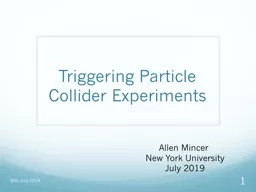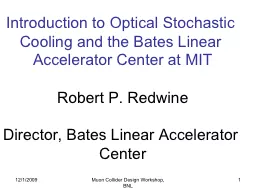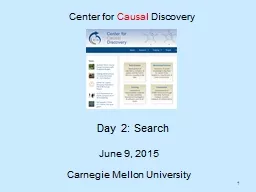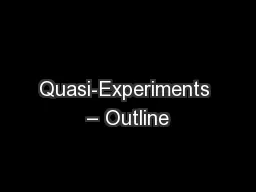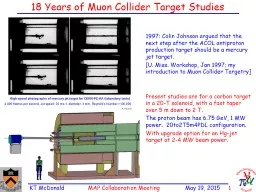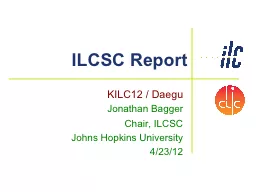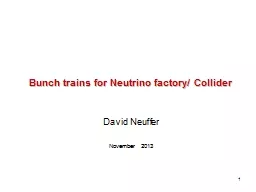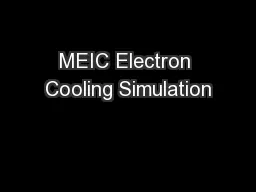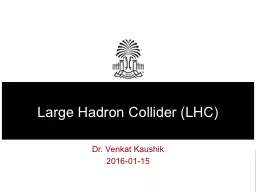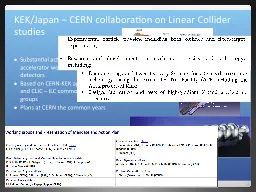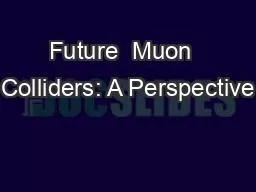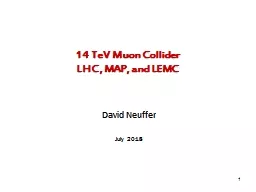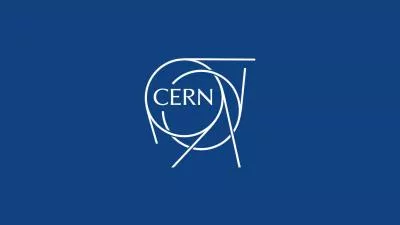PPT-Triggering Particle Collider Experiments
Author : telempsyc | Published Date : 2020-06-17
Allen Mincer New York University July 2019 1 BNL July 2019 2 BNL July 2019 Examples in this talk will come from the ATLAS experiment at the LHC at CERN w here
Presentation Embed Code
Download Presentation
Download Presentation The PPT/PDF document "Triggering Particle Collider Experiment..." is the property of its rightful owner. Permission is granted to download and print the materials on this website for personal, non-commercial use only, and to display it on your personal computer provided you do not modify the materials and that you retain all copyright notices contained in the materials. By downloading content from our website, you accept the terms of this agreement.
Triggering Particle Collider Experiments: Transcript
Download Rules Of Document
"Triggering Particle Collider Experiments"The content belongs to its owner. You may download and print it for personal use, without modification, and keep all copyright notices. By downloading, you agree to these terms.
Related Documents

